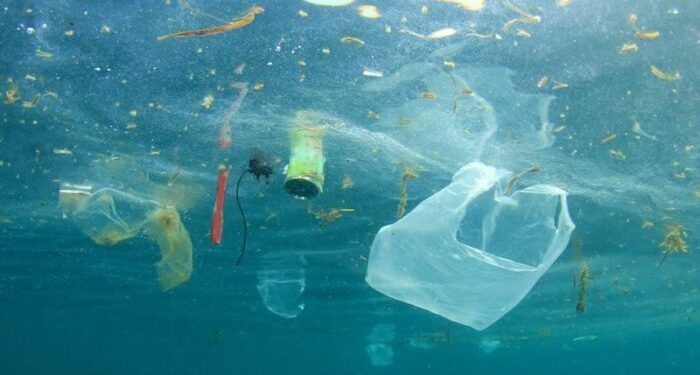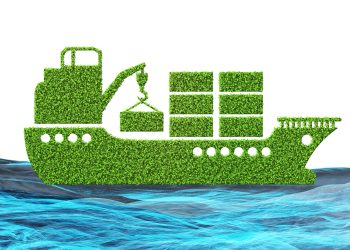As the amount of plastic litter in oceans is growing ever greater, the European Commission is proposing new EU-wide rules to target the 10 single-use plastic products most often found on Europe’s beaches and seas, as well as lost and abandoned fishing gear. Together these constitute 70% of all marine litter items.
The new rules foresee that different measures will be applied to different products:
- Where alternatives are readily available and affordable, single-use plastic products will be banned from the market.
- For products without straight-forward alternatives, the focus is on limiting their use through a national reduction in consumption; design and labeling requirements and waste management/clean-up obligations for producers.
Series blog posts on plastic marine debris and microplastics
Across the world, plastics make up 85% of marine litter and are even reaching people’s lungs and dinner tables, with micro-plastics in the air, water and food having an unknown impact on their health.
According to the Commission, tackling the plastics problem can bring new opportunities for innovation, competitiveness and job creation. Companies will be given a competitive edge: having one set of rules for the whole EU market will create a springboard for European companies to develop economies of scale and be more competitive in the booming global marketplace for sustainable products.
By setting up re-use systems (such as deposit refund schemes), companies can ensure a stable supply of high quality material. In other cases, the incentive to look for more sustainable solutions can give companies the technological lead over global competitors.
Different measures for different products
After addressing plastic bags in 2015, 72% of Europeans said they have cut down on their use of plastic bags (Eurobarometer). The new rules now will introduce:
- Plastic ban in certain products: Where alternatives are readily available and affordable, single-use plastic products will be banned from the market. The ban will apply to plastic cotton buds, cutlery, plates, straws, drink stirrers and sticks for balloons which will all have to be made exclusively from more sustainable materials instead. Single-use drinks containers made with plastic will only be allowed on the market if their caps and lids remain attached;
- Consumption reduction targets: Member States will have to reduce the use of plastic food containers and drinks cups. They can do so by setting national reduction targets, making alternative products available at the point of sale, or ensuring that single-use plastic products cannot be provided free of charge;
- Obligations for producers: Producers will help cover the costs of waste management and clean-up, as well as awareness raising measures for food containers, packets and wrappers (such as for crisps and sweets), drinks containers and cups, tobacco products with filters (such as cigarette butts), wet wipes, balloons, and lightweight plastic bags. The industry will also be given incentives to develop less polluting alternatives for these products;
- Collection targets: Member States will be obliged to collect 90% of single-use plastic drinks bottles by 2025, for example through deposit refund schemes;
- Labeling Requirements: Certain products will require a clear and standardised labeling which indicates how waste should be disposed, the negative environmental impact of the product, and the presence of plastics in the products. This will apply to sanitary towels, wet wipes and balloons;
- Awareness-raising measures: Member States will be obliged to raise consumers’ awareness about the negative impact of littering of single-use plastics and fishing gear as well as about the available re-use systems and waste management options for all these products.
For fishing gear, which accounts for 27% of all beach litter, the Commission aims to complete the existing policy framework with producer responsibility schemes for fishing gear containing plastic. Producers of plastic fishing gear will be required to cover the costs of waste collection from port reception facilities and its transport and treatment. They will also cover the costs of awareness-raising measures. The Commission’s proposals will now go to the European Parliament and Council for adoption. The Commission urges the other institutions to treat this as a priority file, and to deliver tangible results for Europeans before the elections in May 2019. This initiative delivers on the commitment made in the European Plastics Strategy to tackle plastic litter through legislative action, which was welcomed by the European Parliament and Council and by citizens and stakeholders. The measures proposed will contribute to Europe’s transition towards a Circular Economy, and to reaching the UN Sustainable Development Goals and the EU’s climate commitments and industrial policy objectives. The proposed Directive will bring both environmental and economic benefits. The new measures will for example:































































